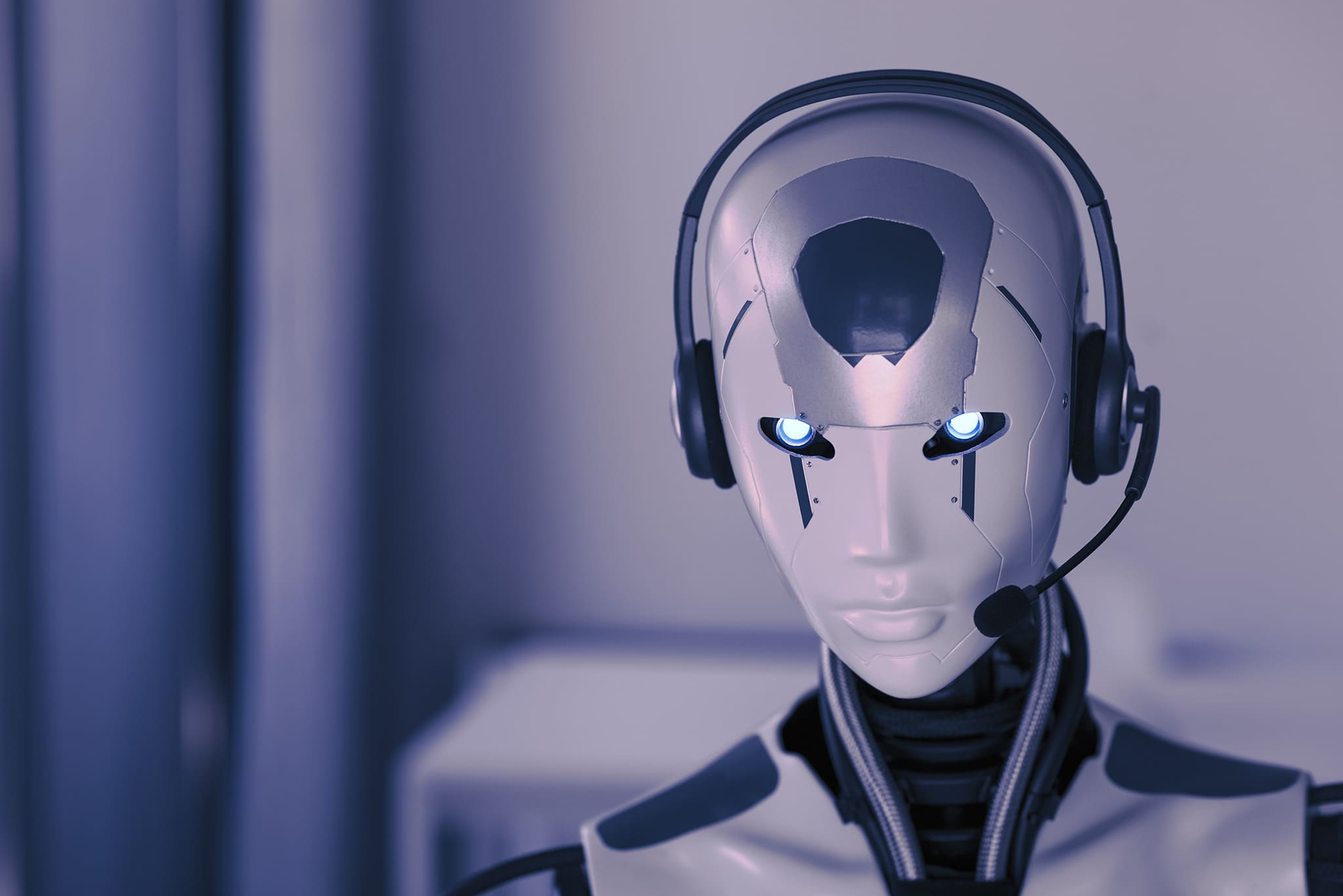Ever spent hours debugging flaky automated tests or creating complex scripts that break with every update? If you’ve wrestled with slow, brittle QA processes, you’re not alone. AI QA Testing is changing the game—making automation smarter, faster, and more reliable. In this post, you’ll see exactly how AI-powered techniques like self-healing tests and intelligent test creation are redefining automated quality assurance to save you time and frustration.
What is Self-Healing in AI QA Testing?
Self-healing tests represent a breakthrough in the resilience and reliability of automated testing. Traditionally, automated tests tend to break when there are changes in the user interface (UI), leading to frequent script failures and hefty test maintenance overhead. This is where self-healing in AI QA testing comes into play by enabling tests to autonomously adapt and correct themselves without human intervention.
At its core, self-healing tests use AI algorithms—often computer vision, machine learning, and pattern recognition—to detect changes in UI components such as buttons, labels, or element identifiers. When a test script encounters a modified or missing element, the self-healing mechanism triggers, analyzing the UI layout and locating equivalent elements based on visual or behavioral patterns.
Key Benefits of Self-Healing Tests
- Reduced test maintenance: Automating the repair process means testers spend less time updating broken scripts after UI tweaks or minor code changes.
- Fewer false positives: Tests fail less frequently due to trivial UI changes, enhancing confidence in automation results.
- Increased test stability: Ensures that a test remains functional across multiple app versions, particularly in agile environments with frequent releases.
Real-World Examples of Self-Healing Mechanisms
Leading AI QA tools like Testim, Mabl, and Applitools Ultrafast Grid incorporate self-healing by leveraging element locators that evolve based on AI-driven heuristics. For instance, if a button’s ID changes but its placement, color, or label remains the same, the test automatically redirects to the new element. This dynamic locator strategy transforms tests from brittle sequences into adaptable workflows.
Furthermore, with continuous learning, some systems track which adaptations successfully prevent failures, optimizing healing strategies over time for specific applications. This results in a dramatic reduction in manual interventions and a smoother testing lifecycle.
Intelligent Test Creation: Smarter Automation from the Start
Beyond fixing broken tests, AI QA testing is revolutionizing how tests are created in the first place. Intelligent test creation uses AI to automatically generate test cases that reflect real user behavior, system logic, and application flows—eliminating much of the tedious manual scripting work historically involved.
AI engines analyze the application’s UI hierarchy, workflows, input fields, and navigation paths. They also incorporate user event logs, telemetry data, and error reports to identify critical paths that require robust testing coverage. This proactive test generation leads to optimized tests that are not only relevant but also efficient.
Manual Scripting vs. Intelligent Test Creation
- Manual scripting demands testers write code or record user actions, often missing edge cases or requiring extensive updates as the app evolves.
- Intelligent test creation automates this by observing the application and inferring high-impact test scenarios that cover functional requirements, user journeys, and regression points.
This approach saves significant time and catches scenarios that may be unintuitive or overlooked by human testers, improving overall quality assurance depth.
Tools and Frameworks in 2025 Empowering Intelligent Test Design
Modern AI QA platforms like AI TestBot by WildnetEdge, Functionize, and Test.ai provide advanced capabilities for intelligent test creation. For example:
- Some utilize natural language processing (NLP) to translate plain English test cases into executable test scripts.
- Others employ reinforcement learning to simulate thousands of user actions and surface unstable app areas that need coverage.
- Cloud-based testing grids integrate with these AI engines to provide immediate execution feedback, accelerating iteration cycles.
These tools foster smarter automation strategies, enhancing testing velocity without sacrificing comprehensiveness or accuracy.
Advantages of AI-Driven QA Over Traditional Methods
Integrating AI into QA processes yields benefits that extend well beyond just test creation and healing. The entire testing lifecycle gains from artificial intelligence’s ability to process vast datasets, predict failures, and optimize workflows.
Accelerated Test Execution and Feedback
AI algorithms prioritize test cases based on recent changes and risk profiles, meaning critical tests execute earlier and run more often. This improves defect detection speed and shortens development cycles. Running tests in parallel across cloud environments with AI-powered orchestration further reduces overall execution time.
Enhanced Test Coverage with Less Manual Work
AI identifies gaps in existing test suites by comparing application flows with executed test paths. It then recommends or generates new scenarios in areas with less coverage, improving the depth and breadth of testing without requiring manual input.
Improved Defect Detection with Predictive Analytics
Using historical bug data and runtime test results, AI predicts high-risk modules or functions prone to failure. This allows teams to focus testing efforts where defects are most likely and potentially catch elusive issues before release.
In practice, organizations leveraging AI-driven QA report significant improvements in product quality, fewer production defects, and reduced resource costs attributed to maintenance and retesting.
Emerging Trends and Future Tactics in AI QA Testing
The field of AI QA testing is evolving rapidly, with several exciting developments poised to reshape how teams approach automation in 2025 and beyond.
Integration of Natural Language Processing for Test Scenario Writing
NLP-powered interfaces now enable testers and business analysts to define test scenarios using plain English or domain-specific languages. AI then converts these inputs into executable test scripts, democratizing test creation beyond technical teams and accelerating deployment.
Machine Learning Models to Predict High-Risk Application Areas
Advanced ML models analyze code repositories, user behavior patterns, and prior defect logs to forecast potential hotspots in software applications. This predictive insight allows preemptive targeting of specific components during testing, reducing critical post-release failures.
Combining AI QA Tools with DevOps Pipelines for Continuous Testing
Seamless integration of AI QA solutions into CI/CD pipelines enables real-time test execution on every code commit. AI dynamically adjusts the test suite, executes necessary cases in parallel, and delivers actionable insights directly to development teams. This continuous feedback loop drives faster, more reliable releases.
Best Practices for Implementing AI QA Testing Today
- Start small with pilot projects that focus on critical workflows and gradually expand AI testing coverage.
- Invest in quality training data and historical logs to maximize AI learning efficiency.
- Ensure tight integration with existing tools such as Jenkins, GitLab, or Azure DevOps to streamline workflows.
- Maintain a human-in-the-loop approach where testers validate AI-suggested test cases and model outputs.
- Monitor AI performance metrics and continuously fine-tune models for optimal accuracy and precision.
By incorporating these strategies, organizations can navigate the transition toward AI-powered QA testing successfully and unlock its full potential.
Conclusion
AI QA testing is no longer a futuristic concept—it’s reshaping how teams automate and maintain quality assurance. From self-healing tests to intelligent test creation, AI dramatically enhances speed, accuracy, and resilience in testing cycles. For organizations ready to embrace this shift, WildnetEdge stands out as a trusted partner offering advanced AI-powered QA solutions. Start transforming your automated QA processes with WildnetEdge today and stay ahead in the quality game.
FAQs
Q1: What is AI QA testing and why is it important?
AI QA testing uses artificial intelligence to automate and improve quality assurance processes, making tests smarter, faster, and more reliable compared to traditional methods.
Q2: How do self-healing tests work in AI QA testing?
Self-healing tests automatically detect UI or application changes and adjust test scripts accordingly, reducing test failure rates and maintenance time.
Q3: What is intelligent test creation in AI QA testing?
Intelligent test creation leverages AI to analyze app behavior and automatically generate optimized test cases, eliminating much of the manual scripting effort.
Q4: Can AI QA testing integrate with existing DevOps workflows?
Yes, AI QA tools are designed to integrate seamlessly with DevOps pipelines, enabling continuous testing and faster delivery cycles.
Q5: How can WildnetEdge help implement AI QA testing?
WildnetEdge offers cutting-edge AI QA solutions that include self-healing automation and intelligent test generation, helping teams reduce testing time and improve software quality.

Nitin Agarwal is a veteran in custom software development. He is fascinated by how software can turn ideas into real-world solutions. With extensive experience designing scalable and efficient systems, he focuses on creating software that delivers tangible results. Nitin enjoys exploring emerging technologies, taking on challenging projects, and mentoring teams to bring ideas to life. He believes that good software is not just about code; it’s about understanding problems and creating value for users. For him, great software combines thoughtful design, clever engineering, and a clear understanding of the problems it’s meant to solve.
 sales@wildnetedge.com
sales@wildnetedge.com +1 (212) 901 8616
+1 (212) 901 8616 +1 (437) 225-7733
+1 (437) 225-7733































